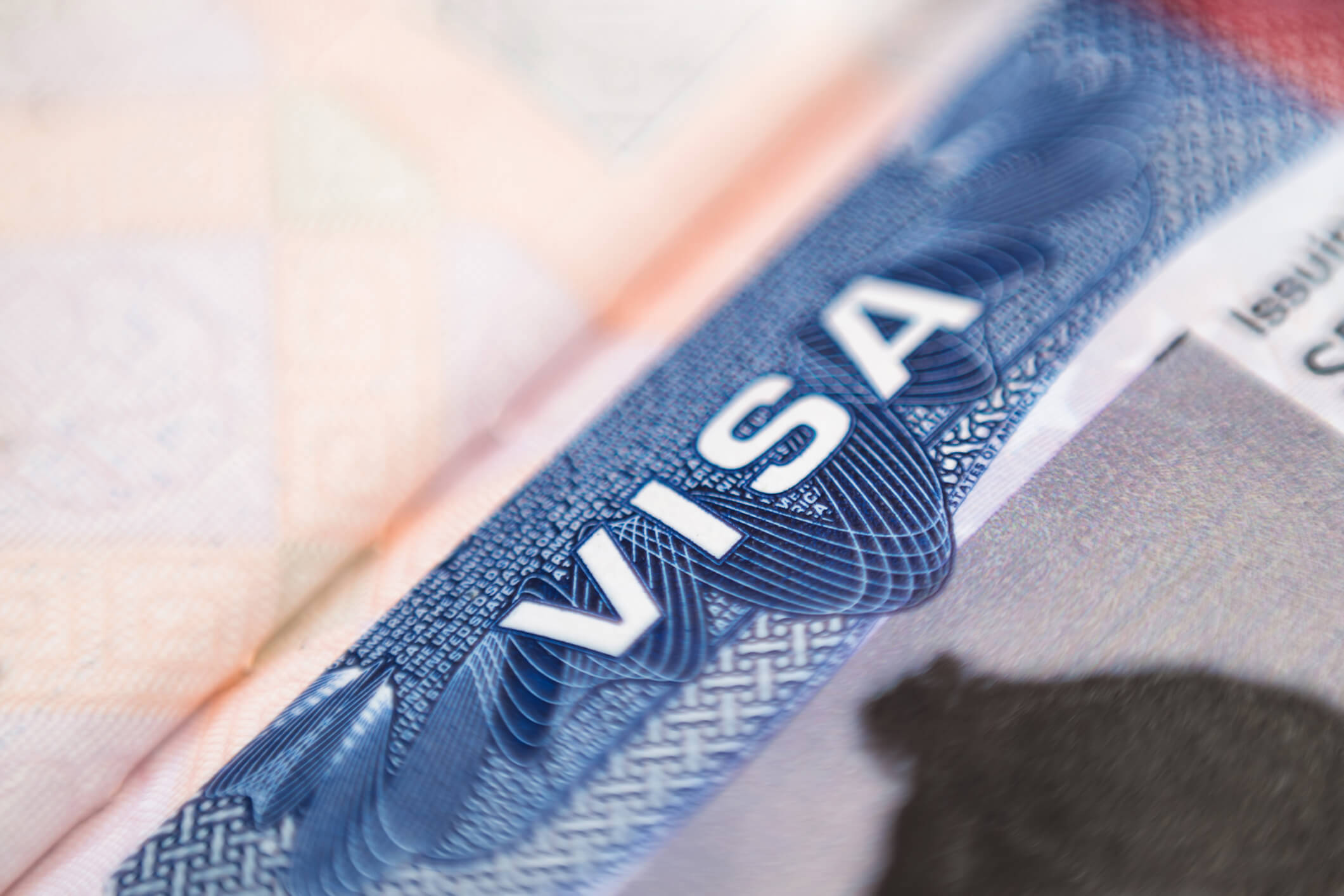U.S. Citizenship and Immigration Services (USCIS) launched a modernized version of E-Verify on April 23, 2018. The changes are a result of feedback from E-Verify users and are intended to enhance the employment eligibility verification process.
E-Verify is a program that allows participating employers to confirm employment eligibility of newly-hired employees by comparing information provided on the Form I-9 against records available to the Social Security Administration (SSA) and the Department of Homeland Security (DHS). Participation may be mandatory for employers with federal contracts or required under certain state immigration laws. President Trump and Congress have indicated that E-Verify may become mandatory for all employers in the near future.
The April 23, 2018, modifications reflect just how far the electronic verification concept has evolved since it was proposed in the early 1990s when Congress called for the testing of alternative verification systems that could prove more effective than the Form I-9 process. In 1994, the SSA and the Immigration and Naturalization Service (INS, now DHS) were asked to institute a national registry combining both agencies’ data for use in electronic employment verification. Although the SSA and INS could not combine data at that time, they did test electronic verification for new employees for a number of pilot employers using each agency’s data separately. Employer participants quickly identified problems with the original Basic Pilot Program. Since then, improvements have been made to E-Verify as technological capabilities have advanced.
The complete list of the current updates can be found on the E-Verify Enhancements April 2018 webpage. Some of the most helpful E-verify upgrades include the following:
- Greater use of plain language in the instructions. It currently takes more than one read-through to fully understand the current set of user guidelines. Incorporating more plain language is likely to reduce confusion and save time.
- Real-time feedback on errors. This change addresses a historical challenge in the system. It is likely to increase the immediate identification of errors and lead to improved compliance statistics for employers, as it will allow users to correct data and prevent tentative nonconfirmations (TNCs).
- A personalized “Are You Sure?” alert showing only fields that may have triggered a TNC. This change focuses the user on errors more easily.
- Process updates to improve initial match rate. These changes are intended to improve the accuracy of results and reduce the number of TNCs issued.
- A streamlined TNC process. Under the updated process, cases are sent to SSA and DHS simultaneously, allowing for the issuance of a dual TNC in instances where both agencies issue a TNC. This is likely to help provide faster results to employers and employees, and limit the negative effects of a TNC, which typically cause stress, missed work, and loss of productivity while the employee works to resolve the problem.
- Reduction of steps required to close a case. This change is intended to make closing a case faster and easier. Failure to close a case is a frequent error identified in E-Verify audits. It remains to be seen whether decreasing the steps will reduce this problem, but it could go a long way toward better compliance.
- Requirement that users enter a reason why an employee is working after receiving a final nonconfirmation (FNC). In certain instances, an employer may decide to continue to employ an individual in spite of a FNC. Until now, an employer has not been able to create a record regarding its choice. This option requires the employer to record its reasoning and the circumstances surrounding the individual’s continued employment. The monitoring and compliance branch will be able to view this information.
Ogletree Deakins’ Immigration Practice Group will continue to monitor developments with respect to the implementation of the E-Verify enhancements and will post updates on the Immigration blog as additional information becomes available.




